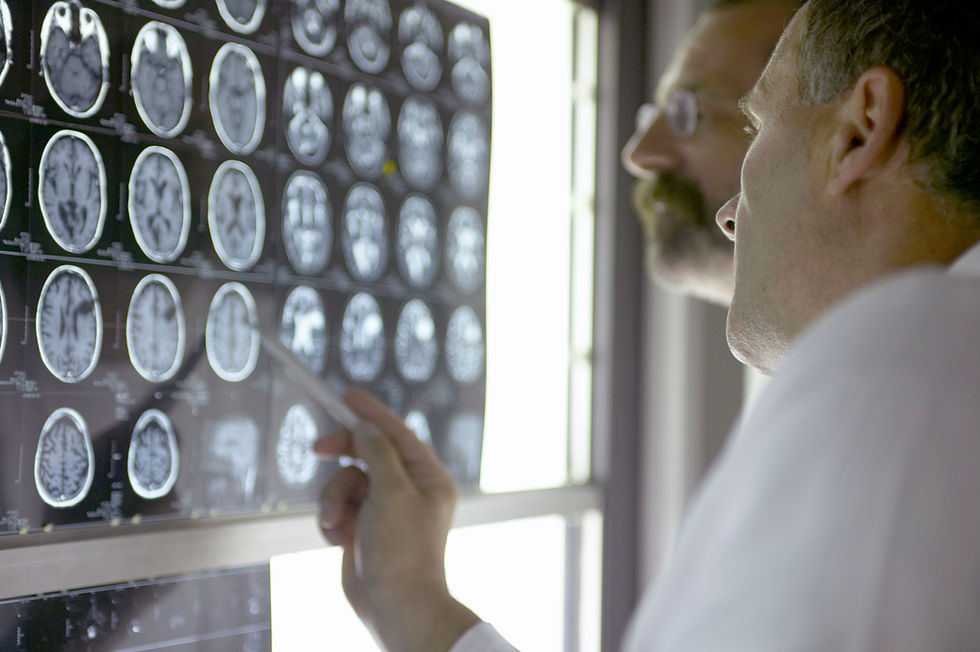Imaging and Scans - what to make of them
- Amir Perzuck

- Feb 15, 2021
- 3 min read

There is a growing body of research that shows that a significant amount of people with asymptomatic or "normal" body parts routinely show abnormalities such as degenerative changes on radiological findings including MRI.
This includes studies that show -
* 97% of adults with no knee pain have abnormalities on MRI (Horga et al., 2020)
* 98% of adults with no shoulder pain have abnormalities on ultrasound (Girish et al., 2011)
* Up to 98% of adults with no low back pain have abnormalities on MRI (Brinjikji et al., 2015)
* 88% of adults with no neck pain have disc bulges on MRI (Nakashima et al., 2015)
So what does this all mean?
Basically it can be broken down into 3 sections.
Imaging indicating damaged structures consistent with clinical findings
Imaging indicating damaged structures with no clinical findings
Imaging showing no abnormalities but clinical findings present
Imaging indicating damaged structures which are consistent with clinical findings
It is important to recognize that although abnormalities on imaging can very well be normal age related changes, if they are consistent with the clinical findings performed on assessment then it is a very strong indicator that the changes will be a source of the problem. Whether it be a torn meniscus associated with a 'locking' knee or a torn shoulder tendon causing arm elevation problems. Imaging still plays a significant role in formulating diagnosis and determining the direction of treatment.
Imaging indicating damaged structures which are not consistent with clinical findings
This is a very important as this is where imaging can be misleading and where the above mentioned studies need to be considered. It can be easy to get "labelled" with a diagnosis when something appears clearly on a scan/MRI but if the symptoms you present with are not consistent with the symptoms that you would expect from the damaged structure then there is a fair chance the change on the scan is not the cause of your problem and likely a 'normal' degenerative change. This is important to understand when formulating treatment options especially where surgery is involved. Good clinical assessment skills are paramount in differentiating what is causing your problem.
Imaging showing no abnormalities but clinical findings are present
This is interesting as at times patients strangely enough can be disappointed when a problem has been scanned yet comes back with no abnormalities. It seems to stem from patients wanting to be able to label their problem and then possibly having a plan of how to deal with it. I explain to patients that in fact not having structural damage is the better option and just because nothing shows on imaging doesn't mean that there is nothing wrong with them. Injury and damage can happen on microscopic levels and not be picked up on imaging, pain may be referred from another source or pain can be biomechanical and transient in nature dependent on when the structure is put under pressure or load.
In these cases clinical assessment is absolutely crucial in determining what is going on and how to move forward with management.
The main thing to take away from this information is that just because you have changes on scans doesn't mean there is something wrong with you, however if there are changes on MRI it doesn't mean there isn't something wrong with you and finally just because you haven't got any changes on MRI doesn't mean there is nothing wrong with you!!











Comments